The Hidden Indo-European Heritage of China
Pyramids, tombs, mummies, and the brazen concealment of history
One of the realizations that compelled me down the path of taking a closer look at history—and beginning to communicate my findings—was the recognition that all is not well in this sphere.
Growing up, I remember being comforted by the idea that our understanding of history was, seemingly, akin to some beautiful linear progression:
We’re all working together trying to put the pieces of the puzzle together to the best of our ability, sharing our findings, mutually building atop the work of the most reliable and sensible theories. That all were proactively seeking the truth, wherever it may lie, and that gradually we were moving closer and closer to this truth, collectively.
In time, I slowly but surely came to the disheartening realization that this conception of the world was childish naivete.. that, in actuality, many powerful vested interests (even entire nations, in some cases) had every incentive to push in the opposite direction—to ensure truth would always evade the public's grasp.
It wasn’t just some small handful of instances of the obscuration or outright destruction of historical sites or artifacts, but countless.. I couldn’t help but see a pattern, and a frequency and sheer number of disturbing happenings that went far beyond mere coincidence.
Still worse, I began noticing much of modern scholarship playing defense attorney in shielding the worst offenders, which struck me as incredibly odd. For those of us that consider history so profoundly important, the destruction of artifacts or sculptures or ancient sites is the equivalent of tearing up some priceless work of literature or painting discovered in the basement of some long dead master—if there’s even a chance such a thing is happening, the natural response is to be up in arms to do everything in one’s power to prevent it. And if we have fairly definitive proof of such things, the natural reaction would seem to be to fight like hell in the opposite direction.
Instead, bafflingly, over the years I’ve seen an army of modern academics and scholars deployed to label those most vocal about these destructive incidents ‘conspiracy theorists,’ and then proceed to actively work against them and their exposure of these greatest crimes.
Long story short to avoid extreme digression—something very wrong seems to be occurring here. How many of those involved actually understand the what or why of it all, and how many are proactively assisting in this destruction or cover-up of history with full knowledge of what they’re doing, is very hard to say:
In my experience, the greatest and most effective deceivers are always those who don’t know they’re playing a role in a broader deception.
In other words, useful idiots hoodwinked into believing they’re doing something net-positive, even while broadly assisting in or enabling the most net-negative things imaginable.
In any case, something very dark is undoubtedly going on, here.. and it needs to be spoken to. I’ll simply let the evidence speak for itself.
China and the Far East - the Earliest Recorded History
All the way back to the famed ‘Yellow Emperor’ and approximately 2600-2700 BC, there are indications of ‘steppe’ or Aryan inputs in and around modern China—though these remain controversial, contested, and very difficult to prove or disprove considering the near 5000 years that have passed since.
One of these speculations is that the very name of this first great leader and culture hero, the Yellow Emperor, was an ancient reference to his unique hair and beard.. similar to how Indra and numerous Vedic ‘gods’ and heroes were described in a similar manner.
A notable example of this is Wei Juxian's 1933 article, which identified the Xia dynasty, considered descendants of the Yellow Emperor, as having Caucasian-like features. Wei claimed they had deep-set eyes, high noses, and beards, and suggested their language, customs, and clothing were similar to those of Aryans, with an original homeland in the Caucasus. He further described them as a "white and pure race."
The Yin, on the other hand, were ‘red barbarians’ from an area of China now known as Sichuan province. The mixing of white and red had given birth to the yellow Han. Wei Juxian bolstered the idea by locating the source of intermixture: southern barbarians had undermined the original purity of the divine descendants of the Yellow Emperor.
It’s difficult to know precisely what to believe, here..
though we do know that this heroic progenitor’s story mirrors many similar figures almost certainly of Aryan background, said to have brought culture and civilization and technology to a people—to have wholly revamped their manner of thinking and living, and the structures and institutions within which they functioned.
But again, this is heavily speculative. The earliest definitive indications we have of a decidedly Aryan (a term I’m using to describe an ethnic and linguistic family who spread the Indo-European languages) people in the region would be the mysterious Tocharians—whose remains are frequently 6ft+ in stature, with fair hair, and tartan print clothing, who were likely living around the Tarim Basin at least back to 2100 BC.. and were apparently a sizeable, wealthy, and powerful population.
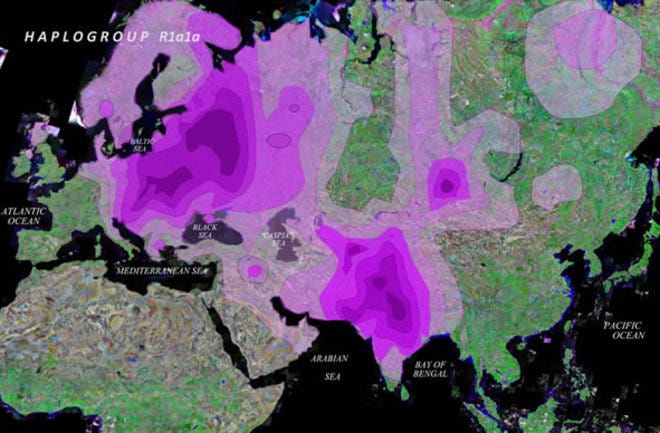
According to historians and scholars such as W.B. Henning1, these Tocharians may be closely related to the ‘Guti’ people who once inhabited the Zagros mountains, a portion of whom would then sweep into Mesopotamia as the ‘Gutians’.2
“I would propose having recourse to the ancient Tukri. I have postulated above that the Guti and the Tukri, two brother nations, set out from Persia together in the distant past. Let us assume that these two groups fused in the course of the centuries into a new whole, which could claim either this or that name. As some two thousand years have elapsed, we should not be unduly surprised at the slight alteration in form of the ancient name Tukri.”
~ W.B. Henning
These Tocharians were an immensely capable people, made wealthy by controlling the silk route trade through their massive region—to my mind it’d not be the least bit surprising if a branch of this population had pushed much further east at an early stage.
“These people, they said, exceeded the ordinary human height, had flaxen hair, and blue eyes, and made an uncouth sort of noise by way of talking..”
~ Pliny the Elder on the report of an embassy from Sri Lanka on the people who live in “Seres” (northwestern China)
We certainly find evidence of a heavily related people family in the area a bit later, likely in the Shang (approximately 1600–1046 BC)3, almost certainly in the Zhou (approximately 1046–256 BC, representing the longest dynasty in Chinese history, responsible for both Confucianism and Daoism), until we come to the state of Zhao (approximately 403–222 BC) who we essentially know now to have been heavily influenced by Scythian/steppe stock, as Christopher Beckwith so well proves in his works on the region.4
Chariot Technology: Archaeological discoveries of chariots in Shang dynasty burials at Anyang, dated to around 1200 BC, resemble Indo-European chariot designs from Central Asia, suggesting direct technological transfer at bare minimum. These chariots, used for warfare and ceremonial purposes, are remarkably similar to those found in Indo-European cultures, such as the Andronovo culture in Central Asia (c. 2000–1200 BC).
Metallurgy and Bronze Work: Advanced bronze-working techniques in the Shang and Zhou, particularly spoked-wheel chariots and weapons, share similarities with Indo-European (and Andronovo and Sintashta) cultures, indicating likely cultural exchange.
Linguistic Connections: The Zhou dynasty’s association with the Qiang people, whose name “Jiang” may link to Indo-European linguistic roots, suggests cultural or ethnic interactions. Edwin Pulleyblank proposed that the Qiang spoke a language with Indo-European features, possibly akin to Tocharian, influencing early Chinese vocabulary (e.g., pastoral terms). Victor Mair (The Bronze Age and Early Iron Age Peoples of Eastern Central Asia, 1998) similarly explores Indo-European impacts, suggesting Tocharian intermediaries. The Chinese words for both ‘horse’ and ‘wheel’ seem to spring from Tocharian.
Archaeological Finds in the Tarim Basin: The presence of Indo-European Tocharians, evidenced by the Tarim mummies, indicates potential cultural influence on neighboring Chinese dynasties through trade routes.
At a later date of around 250 BC, Beckwith effectively argues that the famed Qin Shi Huang and the royal line he helped create originated from the Scythians, who likely founded the Zhao kingdom and ultimately the Qin dynasty.. but interestingly, before Qin Shi Huang, it’s said that ‘each region had its own customs and culture, although elite culture was identical throughout’. I think this last line is crucial. I suspect the Indo-European elite—who ruled these far eastern territories in a feudalistic manner similar to that which seems to have been so incredibly prevalent in our past and would subsequently go on to dominate much of Europe—were of extremely similar ethnic and cultural stock. Though perhaps some of their armies were composed of peoples of slightly different stock, especially in later periods after approximately 100 BC.
Around this time and just after, we have an explosion of obviously Indo-European peoples in the region, such as the Wusun, the Yuezhi (a title some scholars link directly to ‘Guti’ via its etymology), the Kangju and Yancai, the Dayuan and Saka. The majority of whom remain until finally pushed westward with the rise of the Xiongnu—who themselves seemed to have an Indo-European elite, at least in their early stages, and likely gradually morphed into that people we’ve come to know as the ‘Huns’ over several hundred years.
In short, the Aryan history in the region is obvious, significant, and long-lasting and wide-ranging.. why is it, then, that we still know so precious little about it? Why is it so little discussed, a chapter of history so little known and discussed?
A Mischaracterization of History
When hearing about far-eastern or Anatolian or Mesopotamian peoples, one likely pictures darker-haired/eyed/skinned peoples in extremely foreign and exotic dress, foreign customs and cultures, and little direct connection or resonance is felt by any modern European.. thanks to decades of History channel specials and poorly researched articles or movies or YouTube videos portraying these peoples using the faces of those who live in these regions today, echoing the same narratives of post-WW2 academia, this is our universal caricature of these peoples, almost without exception.
Modern scholarship paints a picture of a world populated by several distinct people groups who were essentially equal in ability and achievement, who rarely moved or migrated, and who each—by sheer lucky chance—had their brief moment in the sun. One people would fall away due to mysterious causes, another people would suddenly spring to prominence equally mysteriously. One day it’d be the Mayans, the next day the Sumerians, the next day the Chinese.. until finally, that barbaric people who’d been aimlessly wandering about in forests chasing pigs and drinking and tattooing one another finally found their legs, very late in history, and experienced their own 15 minutes of fame.
This is completely (foolishly, insultingly) inaccurate. And it’s a lie that desperately needs to be slain, if we care to make any real sense of our collective history. Peoples don’t simply appear and disappear into thin air, and technological developments don’t often occur independently—nor does the creative spirit of innovation arise in all peoples equally, as much as the soft-hearted amongst us might so desperately want it to.
The most capable peoples and cultures tend to stem from the most capable ancestors, and subsequently give birth to the most capable children.. this Jared Diamond-esque idea that lucky and coincidental environmental conditions is what gives rise to greatness is one of the most wrongheaded and subversive imaginable.
If there’s one thing I’ve gradually become the most certain of, in my decades of exhaustively pouring over all of the root historical sources I’ve been able to get my hands on, it’s that the ‘hyperdiffusionist’ model of history is the most correct, the most logical and sensible, and the only explanation that fits and tells a comprehensible and cohesive story. The greatest achievements across the vast majority of history follow a relatively singular and highly connected and intertwined storyline.
It’s no mere coincidence that the Indo-European language is completely unique in its scope and scale of spread and propagation across the majority of the known world. The proto-Indo-European family of peoples proved uniquely and exceptionally capable, adventurous, hardy, and resilient, and any accurate history of the world outside of North and South America will essentially be a documentation of their journey, to the extent that it focuses on innovation and development and great achievement.
I’m aware this is no longer politically correct, but it is correct—and this is all that should matter, to any decent and reasonable person. History can’t be custom tailored to suit the sensitivities of any particular individuals or groups of people, for any reason.. it must either speak its actual truth, plainly and clearly and directly, or it’s essentially worthless and misleading as a ‘discipline’, and becomes a chaotic and unhelpful hodgepodge of dishonest fabrication.
In coming videos and articles, I’m going to do this ever more directly and bluntly.. and in this case, to avoid further digression, we’ll be focusing on the Far East. As we do so, please try to avoid calling to mind the caricature created by modern television and movies, coupled with a recognition that we’ve only recently come to uncover just how connected the Scythian and steppe peoples were to the ruling classes of these far-flung empires. And instead, try to envision them as they were, and as direct kin to the descendants of the Indo-European people family of today.
Qin Shi Huang and the First Imperial Dynasty of China
One of the most fascinating (and telling, and informative) aspects of history is the development of the notion of royalty.. and practically without exception, if we trace the development of ‘royalty’ throughout and across numerous nations, we can ultimately trace it back to a singular people group. The very concept of sacred kingship seems to emerge from this single population—its spread isn’t coincidental or happenstance, it isn’t a case of numerous distinct peoples coming to the idea on their own, but rather it contagiously spreads from a single source that we can trace and track.
This is absolutely and unequivocally true for the earliest royal dynasties of the East.
The prevailing rulership and governance structure seemed to resemble feudalism, with nobles having their land worked by feudal serfs, via a structure that seems practically as old as written history.. perhaps older.
The Qin dynasty was the first imperial dynasty in China.. and as we’ll get into in a moment, the first to unify the warring states, and created a unified and cohesive nation.
Beckwith posits (correctly, I believe) that the man most responsible for this, Qin Shi Huang, originally Zheng, was likely ancestrally Scythian, having grown up as a hostage in the Zhao court, a Scythian-influenced polity.5
Even the Chinese name for China, huá (華), derives from the Scythian term Arya, meaning “noble,” a conception that parallels huá in its connotation of nobility and cultural superiority. The Qin dynasty’s conception of divine kingship, too, seems directly derived from the Scythian tradition of sacred rulership, where kings were seen as divinely ordained.
In his short reign, Qin Shi Huang managed to at long last unite all of the warring states under his singular rule—thus creating the new title of 'emperor' accordingly.
He’s responsible for beginning construction of the Great Wall, for the creation of the Terracotta Army, for standardizing the writing system, currency, weights and measures—even cart axle widths, facilitating efficient trade and administration. His extensive legal reforms centralized power and instilled order, his cultivation of an extensive road and canal system helped the region begin to flourish.. in short, he was an exceptional individual, to whom China owes a great deal of her initial forward progress.
To be fair, some believe him to have been heavy-handed in the process, with some accusations of book burning, presumably engaged in to narrow and unify the scope of prevailing thought—but regardless of how we choose to view his methods, they were certainly effective in bringing order to a region that had only known chaos for quite some time.
When this great man finally passed away, he left us one of the greatest monuments in human history..
The Unprecedented Scale of the Grand Tomb of Qin Shi Huang
The tomb of Qin Shi Huang, located near Xi'an, is a monumental archaeological site, constructed over 38 years starting in 246 BC. It features a 76-meter-tall truncated pyramid and is designed to replicate the layout of the capital, Xianyang, with inner and outer city walls. The Terracotta Army, discovered within the tomb complex in 1974, consists of over 8,000 uniquely crafted figures, including soldiers, horses, and chariots, showcasing remarkable craftsmanship.
This army was intended to protect the emperor in the afterlife and provides valuable insights into the military and artistic achievements of the Qin dynasty.
In the ninth month, the First Emperor was interred at Mount Li. Digging and preparation work at Mount Li began when the First Emperor first came to the throne. Later, after he had unified his empire, 700,000 men were sent there from all over his empire. They dug through three layers of groundwater, and poured in bronze for the outer coffin. Palaces and scenic towers for a hundred officials were constructed, and the tomb was filled with rare artifacts and wonderful treasure. Craftsmen were ordered to make crossbows and arrows primed to shoot at anyone entering the tomb. Mercury was used to simulate the hundred rivers, the Yangtze, Yellow River, and the great sea, and set to flow mechanically. Above were representation of the heavenly constellations, below, the features of the land. Candles were made from fat of "man-fish", which is calculated to burn and not extinguish for a long time. The Second Emperor said: "It would be inappropriate for the concubines of the late emperor who have no sons to be out free", ordered that they should accompany the dead, and a great many died. After the burial, it was suggested that it would be a serious breach if the craftsmen who constructed the mechanical devices and knew of its treasures were to divulge those secrets. Therefore after the funeral ceremonies had completed and the treasures hidden away, the inner passageway was blocked, and the outer gate lowered, immediately trapping all the workers and craftsmen inside. None could escape. Trees and vegetations were then planted on the tomb mound such that it resembled a hill.
— Sima Qian, Shiji, Chapter 6
The tomb's construction involved conspicuously advanced engineering, such as digging through groundwater layers and using bronze for the outer coffin. Historical accounts suggest that the local rivers and seas were replicated with mercury—mercury which some accounts say may still be flowing to this day, and indeed what little testing has occurred on the site shows remarkably high levels of the substance. It’s also said that the ceiling of this massive tomb accurately replicates the starry skies and heavenly constellations.
The discovery of the Imperial Palace in 2012 further proved just how monumental this construction truly was, covering a footprint approximately a quarter the size of China’s 'Forbidden City.'
There were legends that he had been buried inside a veritable mini-city with palaces, carriages, treasures, and anything else he’d need in the afterlife – and through luck, or fate, these farmers hit the jackpot. The site is so massive, that researchers are “going to be digging there for centuries,” archaeologist Kristin Romey told Live Science in 2012.
To this day, we’re told that not a single human being has set foot inside the tomb, with some suggesting archaeologists or the Chinese government are ‘afraid’ of the potential combination of traps lying in wait for the first who attempt to uncover its secrets.
However, I don’t personally see this as the most logical or likely reasoning.. the possibility that several powerful groups don’t want to uncover these secrets must finally be taken seriously, all things considered.
A Scythian Cultural (and Ethnic?) Branch in the Far East
The Qin’s military success, particularly its cavalry, was definitively rooted in Scythian tactics6 adopted through Zhao, allowing Qin to powerfully outmaneuver other states and establish dominance.
Beckwith links the Qin to the broader Scythian-driven “Axial Age,” a period roughly between 800 and 200 BC when significant intellectual and spiritual shifts occurred across various civilizations in Eurasia.. seemingly emerging from a centralized steppe/Scythian hub or central spoke. He claims figures like Laozi, associated with Qin’s intellectual milieu, were Scythian, influencing Chinese thought.
The synchronicity of philosophical developments in China, India, and Greece during the Axial Age, as noted by Karl Jaspers, is attributed to Scythian diffusion. Beckwith suggests Laozi’s Daoism, which emerged during the Warring States period, reflects Scythian monotheistic or philosophical ideas, possibly via Zhao
It wasn’t just the formidable cavalry that the Qin seemed to inherit from the Steppe. According to Beckwith, the Scythian model of governance, too, provided a blueprint for Qin’s autocratic rule, distinguishing it from earlier Chinese states.
Scythian rulers, as seen in later steppe polities like the Xiongnu, maintained a “royal tribe” with divine legitimacy, a practice Beckwith traces to the Qin’s imperial ideology. Qin Shi Huang’s title, Huangdi (emperor), and his Legalist policies reflect a centralized, divine authority akin to Scythian models
So while we have a firm grasp on the connections of the Qin period, again this was likely far from the earliest influence of this Scythian/Steppe/Aryan element—and in fact, it may have been only the latest influence we’re aware of.
In Korea, the Goguryeo and Silla show a strong connection to a steppe heritage, including the traditional emphasis on horse riding, archery, warrior aristocracy, and similar burial mounds and royal headdress. In Japan, the Kofun period and the rise of the Yamato clan (the foundation for Japan’s imperial house) show similar connections.. though these, too, may just be the latter stages of a much broader and wider-ranging heritage.
A heritage that China, more than any other nation in the region, bears numerous hallmarks of… and yet, these hallmarks aren’t touted with pride, or treated with respect, or hailed as the mysterious wonders that they are—rather, they’re hidden away, scarcely discussed, minimized, and mischaracterized, by a modern China that seems devoted to quietly destroying this element of her region’s history.
From the early Tocharians in the Tarim Basin, to the Yuezhi, the Wusun, the Yancai, and Xiongnu, this entire eastern portion of the steppe was once overrun with Indo-European peoples and cultures..
might it be that a modern China with a relatively corrupt communist (and yet vaguely nationalistic) government considers this history an unprofitable and inconvenient threat?
The Pyramids of China
“I flew around a mountain and then we came to a valley. Directly below us was a gigantic white pyramid. It looked as if it were from a fairy tale. The pyramid was draped in shimmering white. It could have been metal, or some other form of stone. It was white on all sides. What was most curious about it was its capstone: a large piece of precious gem-like material. I was deeply moved by the colossal size of the thing.”
~ U.S. Air Force pilot James Gaussman
Above is the first widely known sighting of what’s been called ‘the White Pyramid’ of China, an account from 1945, which was soon to be followed by a handful of others—all reporting a pyramid so large (around 1,000-ft high and 1,500-ft wide) that it’d dwarf the largest in Egypt.
However, it was Fred Meyer Schroder, an American trader, that first reported the enigma in 1912.
At the time, he was travelling through the Shaanxi Province with a guide, where he recorded a thorough description in his diary, noting he had seen one giant pyramid approximately 1,000 feet tall and nearly twice that size in length, surrounded by a number of smaller pyramids.
Incredibly, as early as the 17th century, a Roman Jesuit had written about the pyramids in general—and in 1785, the French orientalist and sinologist Joseph de Guignes subsequently wrote ‘An Essay in Which We Prove The Chinese Are an Egyptian Colony’.
Though these specific sightings of the mythical White Pyramid remain mired in controversy—and perhaps justifiably so, as despite seemingly reliable initial sightings, nobody seems able to locate it again today—we know for a fact that at least somewhere between 40 and 100 pyramid (or ‘pyramid-like’) structures exist across China today, with some apparently dating back to the so-called Neolithic Hongshan culture (4700–2900 BC).
You’d think the entire world would be abuzz at these findings, and China herself especially—perhaps enthusiastically leading the charge to study and examine and comprehensively understand these ancient creations, and announce them to the world. In actuality, the polar opposite route has been taken.
The Chinese government and military have placed the most aggressive restrictions on these territories, making them essentially impossible to explore—oftentimes even to fly over, let alone engage in archaeological digs.
Thanks to Google Earth and droves of curious researchers, it’s no longer possible to so easily deny or flippantly explain away these structures.. and so, they’ve opted to go a new, more creative route—planting trees atop them. Coincidentally, trees with root systems that do incredible damage to underground structures.
It’s said that within a few decades, such sites might be dismissed simply as natural hills.. with only ‘conspiracy theorists’ suggesting otherwise.
Most infuriatingly of all, taking a page from the book of Gobekli Tepe, China has begun using the excuse that they refuse to engage in digs and excavation or exploration in the area to ‘preserve them for future research’..
“Xi Jinping’s government say the technology does not exist yet to disturb the pyramids without damaging their contents, citing King Tut’s discovery for reference.”
a maddeningly stupid conception, and an excuse that might presumably be used to kick the can down the road indefinitely—as potentially some of the most important keys to our collective historical past lie just under our feet, untouched and unexplored, slowly being eroded by a government that seemingly cares only to keep hidden whatever might exist below their feet.
The Beauty of Loulan
Of course, it’s not just structures being locked down and facing restricted access by the Chinese government—it’s also the exhumation of burial sites and mummified remains of obviously Indo-European peoples.
The Beauty of Loulan, discovered in 1980 near the ancient city in Xinjiang, China, is renowned for her remarkable preservation, dating back to around 1800 BC. Estimated to be in her 40s at death, her body was preserved by the arid, salty conditions, retaining details like eyelashes. Wrapped in wool cloth, cowhide leather, and linen, and wearing leather shoes, her obviously Caucasian features, including reddish-brown hair, suggest a connection to European ancestry, making her a symbol of the region’s ancient history.7
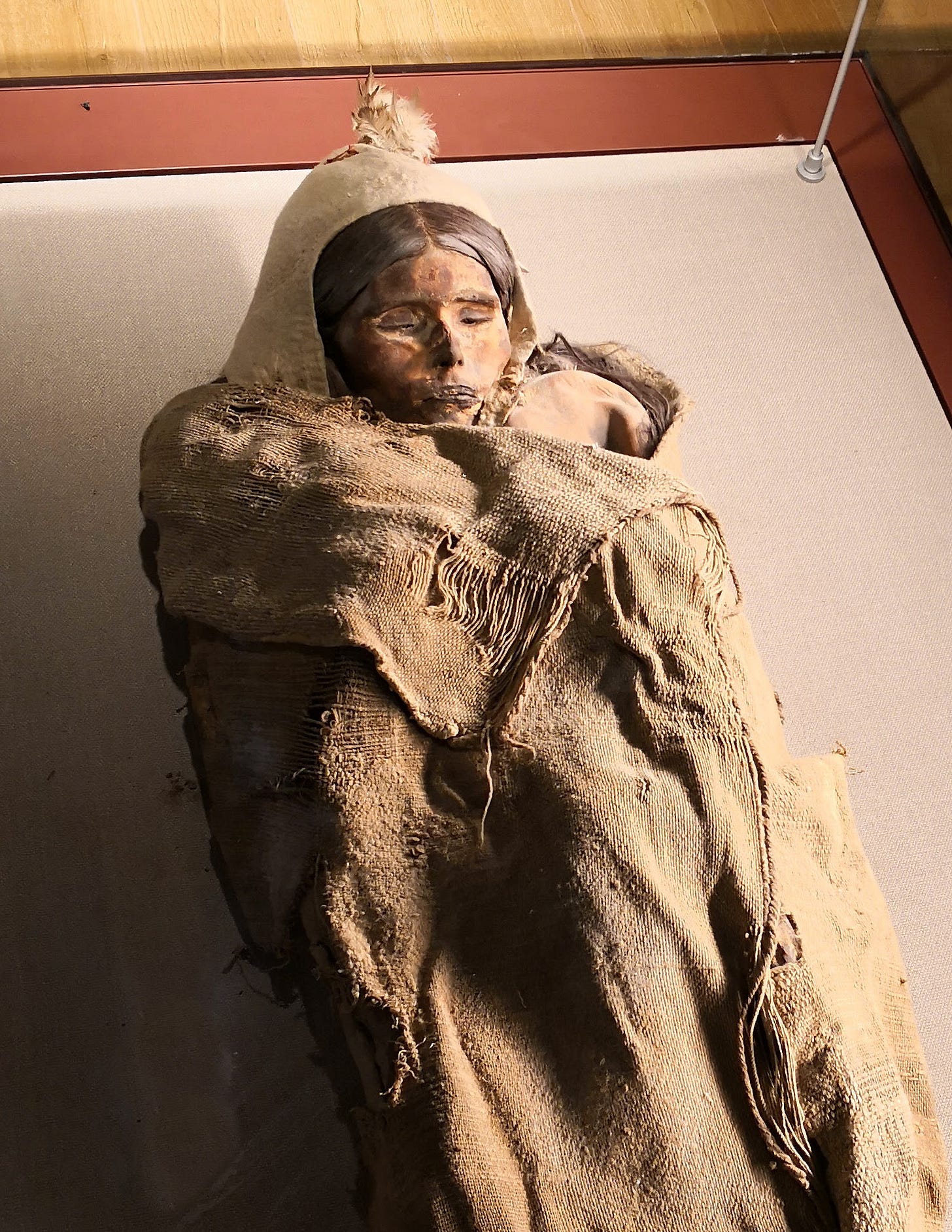
Citing supposed fears of fanning Uighur nationalist sentiment, China has made it extraordinarily difficult for scientists outside China to engage in any excavation or testing—or even to see the mummies.
Genetic testing conducted in 1993 by Victor H. Mair and Italian geneticist Paolo Francalacci—which proved her European genetic heritage—had to be done using smuggled samples.. and if it weren’t for their courage and curiosity, we’d simply never have known.
How many more remains like these, with the power to help us piece together our history, lie waiting to be uncovered in these regions?
Chinese Scholarly Support of Extensive Indo-European Influence
There’s a reason WW2-era Germany was so interested in the Far East, a reason why they sent such an extensive mission into Tibet to study the people and their culture and history.
Many German scholars believed this wider region was home to a large remnant of Aryan peoples after a major cataclysm—and that Tibet, because of its isolation, may have retained some of the symbology, cultural elements, even aspects of an older spiritual doctrine. And that even the Tibetan priests themselves may harbor some distant (albeit very much ‘mixed,’ over the years) genetic connection to this most ancient family. The branches of whom would later sweep into India, Persia, etc.
Though, importantly, it’s not just ‘Eurocentric’ pre-WW2 European scholarship that has spoken extensively to early Indo-European influence throughout China.
Zhang Guangda and Rong Xinjiang are notable for their emphasis on the role of Indo-European-speaking groups, such as the Tocharians, in cultural exchanges along the Silk Road, suggesting that these groups brought a wealth of advanced technologies and ideas to China.
Rong’s predecessors in the 1930s had emphasized the historical role of the Yuezhi and Tocharians in shaping Chinese trade and cultural networks, suggesting Indo-European influences on early Chinese civilization.. likely spurring Rong’s focus on the Yuezhi’s migration to Bactria and their impact on Han Dynasty interactions, seen as part of a broader Aryan diffusion narrative.
Linguistic studies by scholars like Xu Wenkan highlight the presence of Indo-European languages in ancient Xinjiang, supporting the idea of significant Indo-European influence in the region. Numerous similarities between Shang dynasty artifacts and those of the Scythians indicate powerful mutual influence, especially with regard to harnesses, swords, daggers, etc.8
It’s even thought the fall of Western Zhou may have been due to Scythians sweeping down from the steppes, in approximately 770 BC.
Separating out which peoples were merely heavily influenced by Indo-European and Scythian elements, and which peoples were ruled or governed by these groups (or perhaps fully Scythian themselves) isn’t always simple and straightforward. And in the cultural atmosphere of the present, in which virtually all of academia is now politically and conceptually united to combat a hyperdiffusionist perspective (or even the very mention of the term Arya or Aryan outside of a most narrow and neutered usage to describe only Iranians, or only Indians), progress on these fronts becomes ever slower and more difficult.
To my mind, the broader perspective picture is very clear—from an extremely early date even prior to 2000 B.C., an Indo-European population of considerable size and power and influence was extremely active in the region. And branches of this population almost certainly carried technological advancements and philosophical and spiritual conceptions to neighboring regions, and many of the most exceptional individuals subsequently became the famed philosophers and heroes and legendary figures of old.
There is a beautiful story here, and one that so clearly has yet to be properly told.. and there seem to be forces proactively working against its ever being properly told.
The Sad Case of the Uighurs
It’s not just historical structures or mummies China seems intent on figuratively burying, but the remnants of any cultural and genetic connections that connect this region to its obvious Indo-European past.
The Uighurs have become the unfortunate victims of this push to rewrite history and reframe the present.
Though the ancient Aryan admixture may be slight at this point, after millennia of increasing ethnic mixture containing ever greater portions of modern Chinese blood and ever lesser degrees of Indo-European blood, the Uighurs likely represent the last surviving examples of this ancient Tocharian or Scythic stock—however faintly.9
“Research indicates Uighurs have genetic admixture from Eastern Asian and European populations, with closer ties to Europeans, suggesting Indo-European influence. Historical interactions with the Tocharians, Indo-European speakers in the Tarim Basin, and steppe nomads like the Scythians likely contributed to this. Archaeological finds, such as Caucasian mummies, and genetic studies showing haplogroups like R1a and R1b, support these connections, reflecting Xinjiang’s role as a Silk Road crossroads”
Sadly, it might already be fair to use the past tense and say they represented the last examples, as modern China has done such an efficient job of drastically minimizing the footprint and influence of this embattled minority.
You’re not likely to find a great deal of fair skin or fair hair or fair eyes among this remnant, the majority of whom have entered the Muslim sphere, and now speak a Turkic tongue—but several of their extremely distant ancestors are likely the same as our own, as Europeans.10
“Xinjiang, the Uighurs’ homeland, has been a melting pot of cultures and peoples for millennia due to its position along the Silk Road, facilitating trade, migration, and cultural exchange between East Asia and the West. Genetic research has identified that some Uyghur populations carry genetic markers associated with ancient steppe populations, such as those linked to the Yamnaya culture (c. 3300–2600 BC), which is considered a source of Indo-European languages and migrations.”
By gradually erasing this people, China moves one step closer to an official rewrite of the history of her region, and an elimination of the exceptional impact and influence in the broader region of the Indo-European peoples from the record.
Call out the Corruption, Work Around the Corrupted
As we discuss these topics, it’s always important to keep in mind just how little we still know about this vast swathe of our most distant history. It was only a short time ago that we found the keys to connect the Indo-European language family, and an even shorter time ago that we’ve been able to begin to piece together the spread of those branches we’ve recently come to call the ‘Yamnaya’, ‘Sintashta’, ‘Andronovo’, etc. We have a great deal of work still to do, and this work is, even still, in its relative infancy at the moment.
My fear is that this work is being aggressively hampered by politics and powerful vested interests, and that this needs to be fully recognized and called out, and a separate strain of research and historical detective work needs to be done in parallel to that of a largely corrupted and subversive modern academia—who I suspect would be more than happy to make common cause with nations like China (or India, or Turkey and Gobekli Tepe, or Egypt via men like Zahi Hawass) in obscuring their region’s pronounced Indo-European heritage, if it meant barring the door to any notions of hyperdiffusionism or any exceptional degree of Aryan achievement. Not only this, but many of those involved would do so while genuinely believing they were doing the right thing, having been so deeply conditioned and programmed by decades of subtly effective propaganda.
I say again, history must not be politicized in these manners.
The specter of WW2 hangs over our heads to this very day, in these regards. To rally Americans to fight their brothers across the pond, certain subversive factions created such a wildly dishonest boogeyman caricature of the Germans that we eventually saw fit to toss aside virtually all of their theories and ideas, their earnest research, their painstakingly created picture of the world—unwisely forgetting that Germany wasn’t some nation of monstrous beings, but rather represented perhaps the most advanced and exacting scientists and historians and scholars of their age.
This maddeningly stupid conception that ‘if the 1930’s era Germans embraced it, it’s wrong and dangerous’ needs to die a quick and total death. The predominantly Jewish race-blind egalitarianism and reductionist materialism that so took center stage as a reactionary impulse post-WW2 isn’t just profoundly unhealthy and destructive, it’s quite simply wrong—and it’s so obviously leading us down terrible thought paths, and in many respects directly leading to the destruction of the Western world.
For what it’s worth, next time you research related topics and see some disclaimer about the concept of Arya or Aryan being ‘dangerous’ or ‘discredited’, consider simply ignoring this manipulative garbage, and dive ever deeper, to find truth wherever it might lay. Closing doors and narrowing the discussion on the off chance that it might further protect the most wealthy and powerful subgroup on the face of the earth isn’t compelling enough reason to lie to ourselves and one another about our past, or create a wholly faulty picture of historical reality.
The tide seems to be turning, in this respect.. let’s hope so, and let’s all help make it happen.
So much depends on it.
An excellent read, Henning’s ‘The First Indo-Europeans in History’ http://s155239215.onlinehome.us/turkic/21Tochars/HenningGutiesEn.htm
LA Waddell among others would connect these ‘Gutians’ to the Scythian and Goth, and viewed ‘Jats’ as possible extant remnants (however distant) of this people. This is controversial, but flippantly dismissing this possibility—all things considered— seems illogical, and completely wrongheaded, to my eye. It’s worth remembering that Jordanes history of the Goths mentions ancient conquests to Egypt, Media, and Parthia. https://www.jatland.com/f/threads/relation-of-the-jats-with-the-gutians-goths.19855/
At Anyang, the Shang dynasty capital (c. 1200 BC), archaeologists uncovered chariots with spoked wheels, a design paralleled by earlier finds at Sintashta in the Ural steppes (c. 2000 BC). Sintashta burials include chariots with horse remains, dated to 2100–1800 BC, while Anyang’s chariots, from 1300–1200 BC, are often found with horse sacrifices, indicating shared cultural practices. Shang sites yield bronze daggers and axes with designs (e.g., curved blades) resembling those from the Andronovo culture (c. 1800–1400 BC)
‘Empires of the Silk Road’ and ‘The Scythian Empire’ - both highly recommended.
Zheng’s upbringing in Zhao, a state known for adopting steppe cavalry tactics under King Zhao Wuling (r. 325–299 BC), suggests exposure to Scythian culture. Beckwith argues that Zhao Wuling was a Scythian prince, not a Han Chinese, who implemented “barbarian” dress and horseback archery (hu fu qi she), a hallmark of Scythian warfare
Beckwith argues that Scythian horsemanship and archery revolutionized Qin’s warfare, enabling rapid conquests
The mummy's preservation and appearance, described as "amazingly preserved stately facial features" in some reports, have led to her being considered one of the best-preserved mummies ever found, with a facial bone structure surprisingly similar to Caucasian women, as noted in a 2006 Al Jazeera article.
Bronze knives and ornaments found in Xinjiang, dated to the late 2nd millennium BC, strongly resemble steppe designs
Xu et al., 2008 (American Journal of Human Genetics) identified significant R1a and R1b haplogroups in Uighur populations. These Y-chromosome markers, prevalent in Indo-European groups, trace back to the Yamnaya culture (c. 3500–2500 BCE), a steppe population ancestral to the Tocharians. The presence of R1a/R1b in Uighurs of course suggests historical mixing with Indo-European migrants, reinforcing their steppe heritage.
Folklore: Uighur tales of horsemen and epic journeys parallel Scythian and Tocharian motifs, such as those in the Tocharian Maitreyasamiti texts (c. 3rd–4th century CE). While not direct borrowings, these shared themes suggest a common cultural stratum.
Textile Patterns: Uighur rugs and fabrics feature geometric designs reminiscent of Tocharian woolens from Tarim Basin sites (e.g., stepped diamond motifs). These patterns, also seen in Scythian art, hint at a steppe-derived artistic legacy.

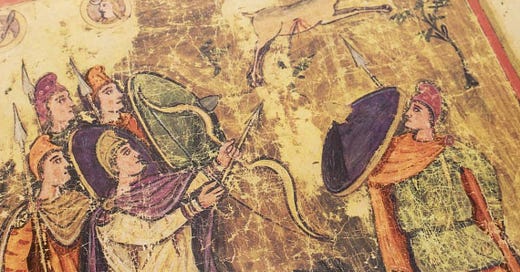


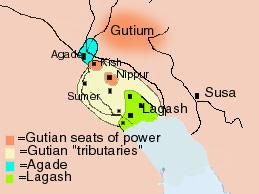
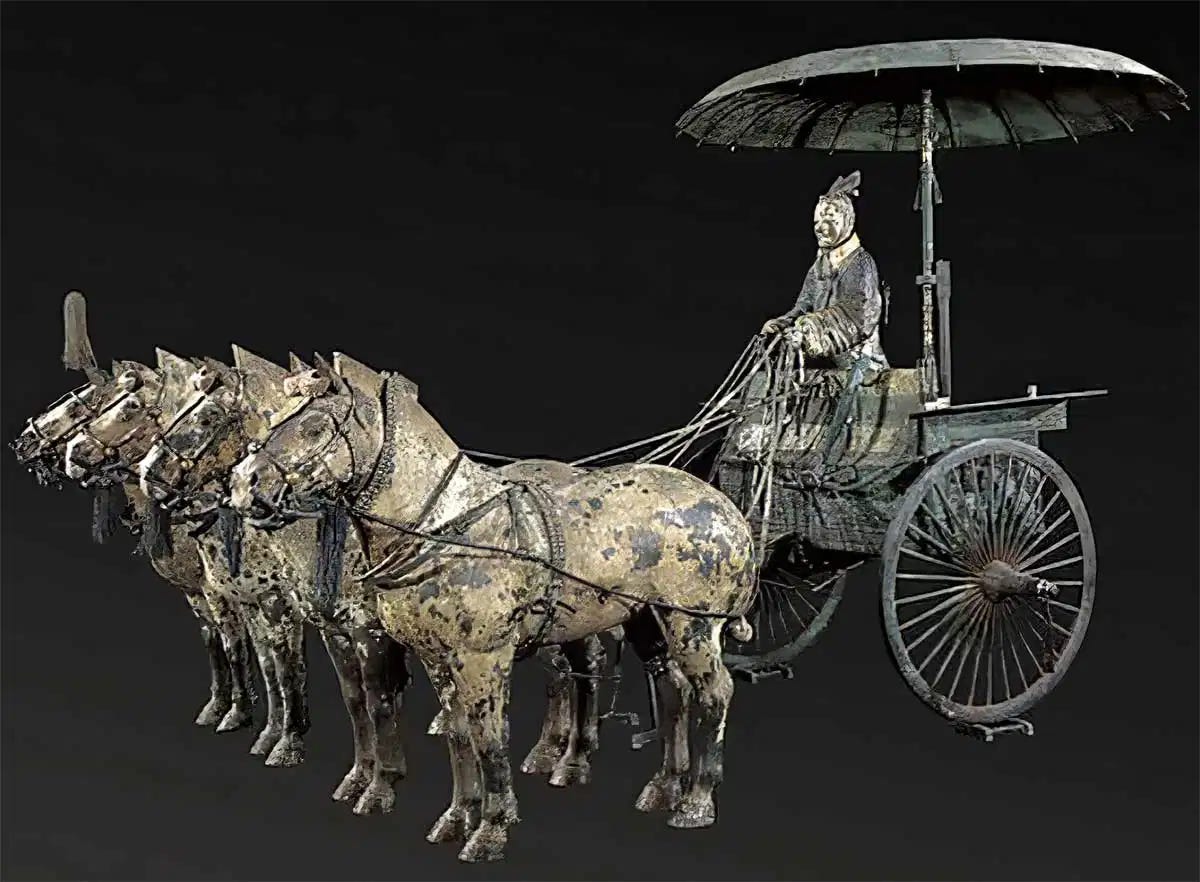

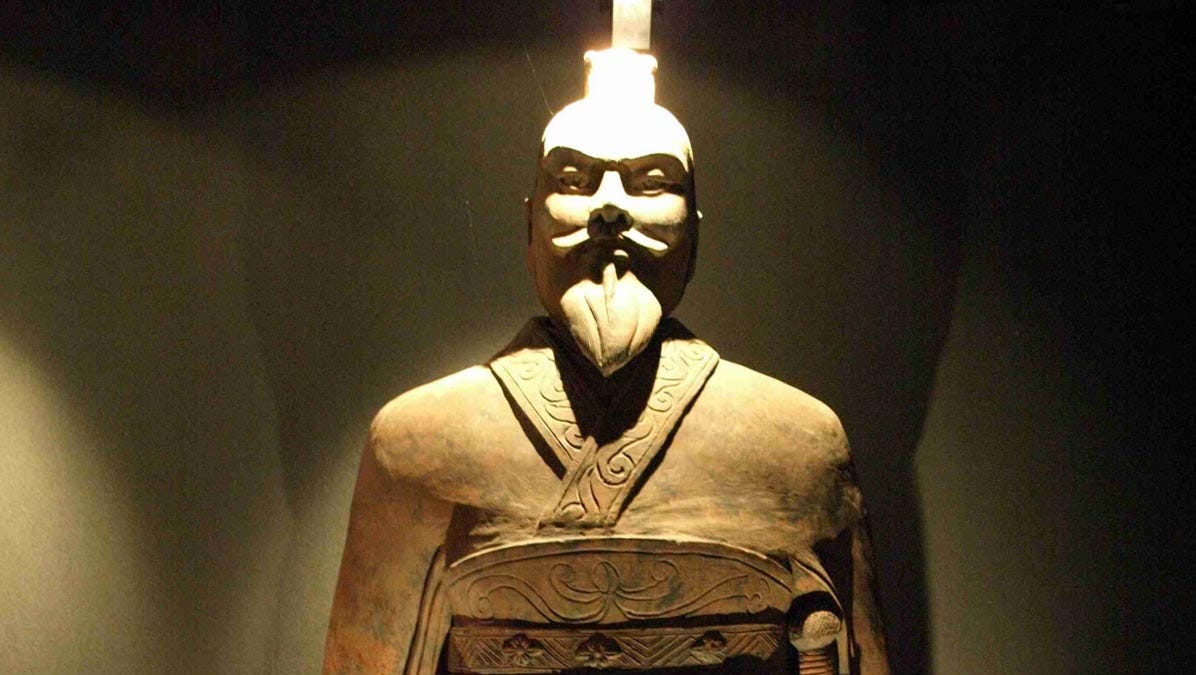
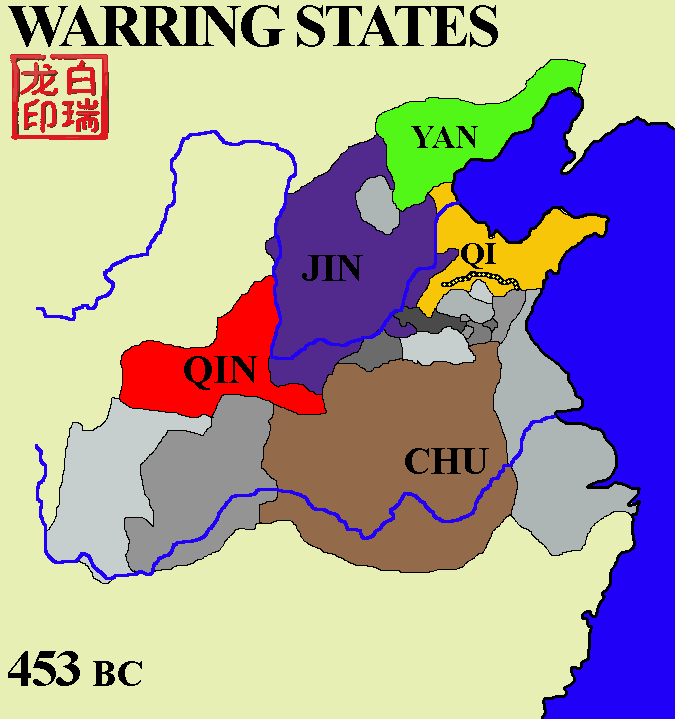
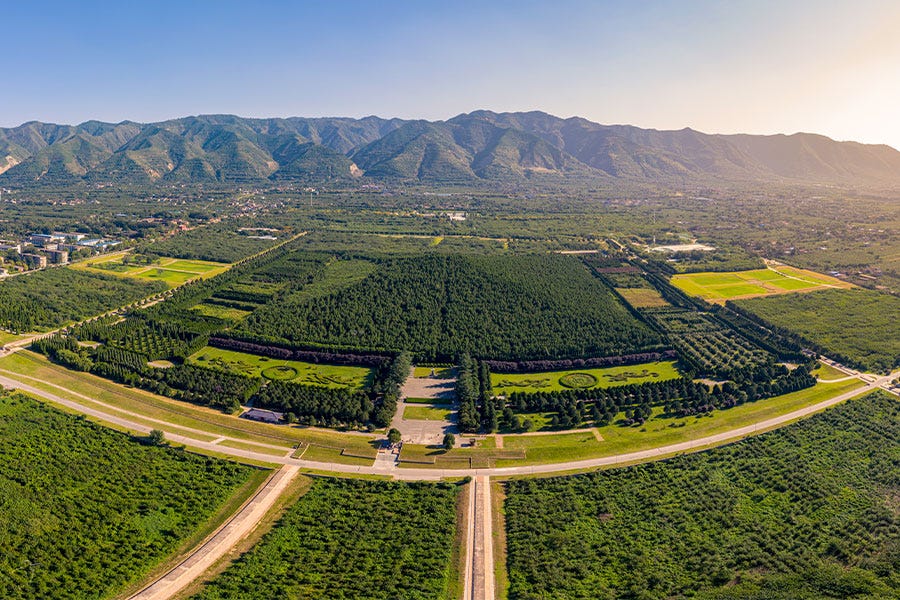
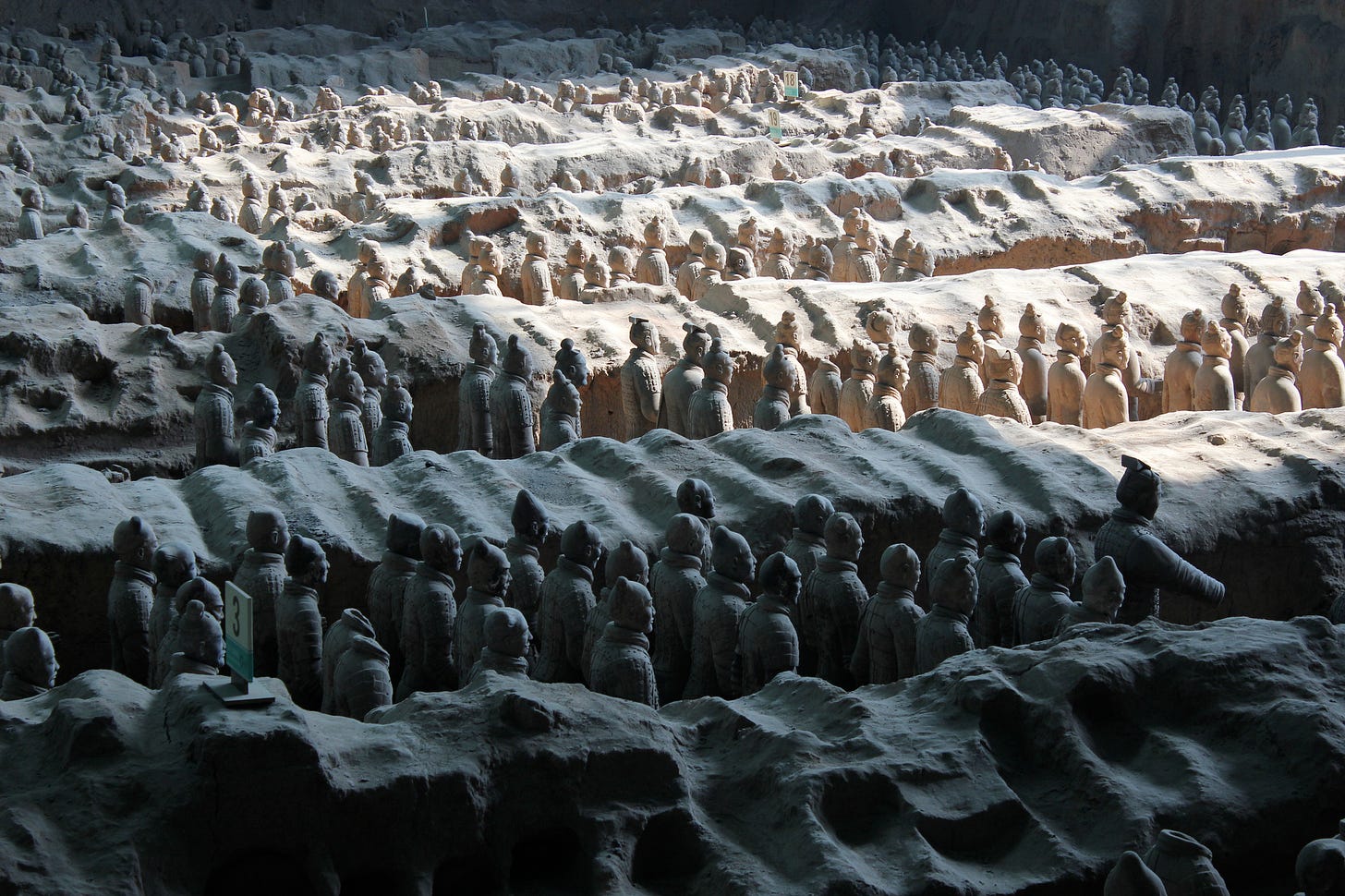
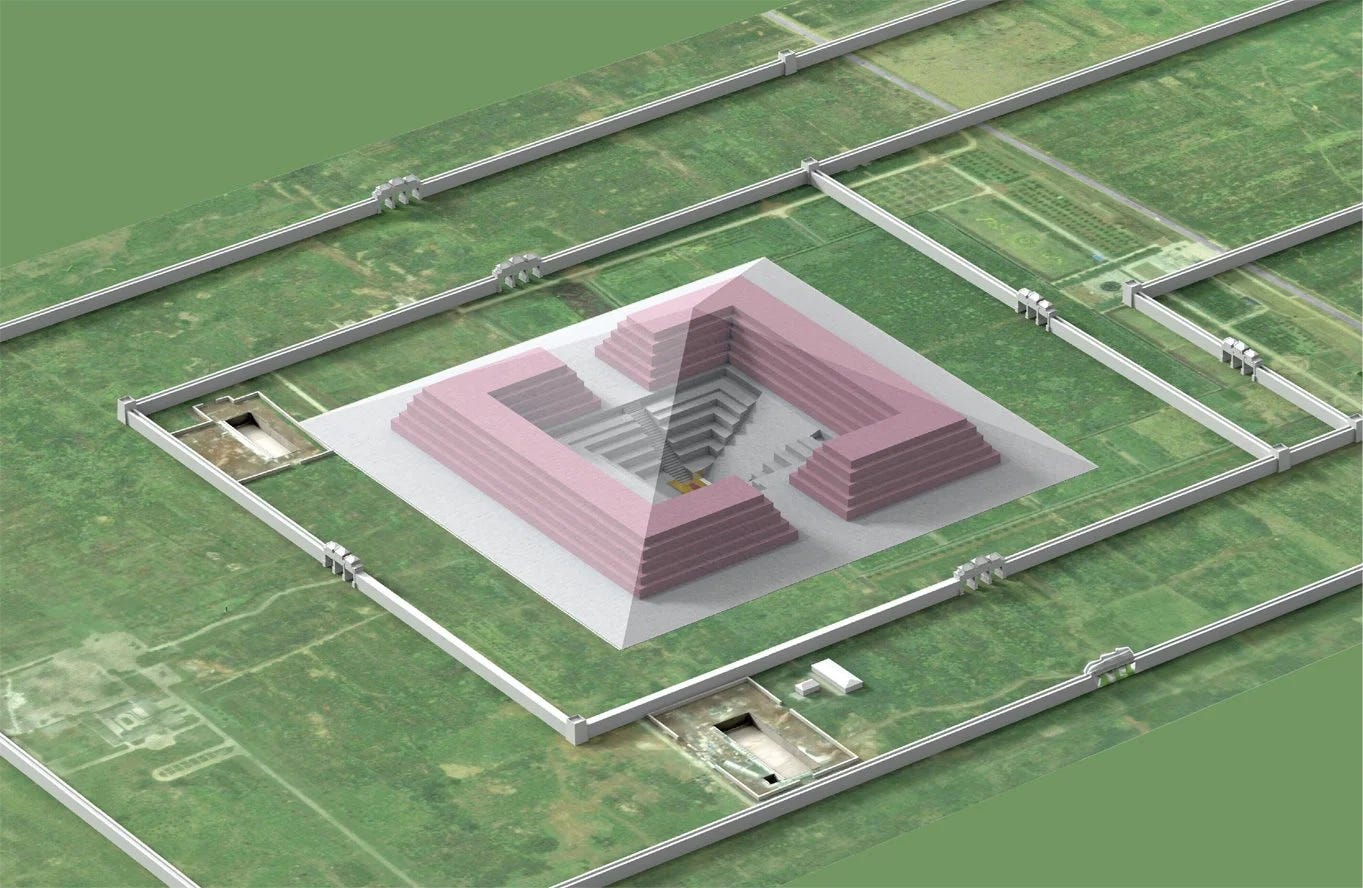


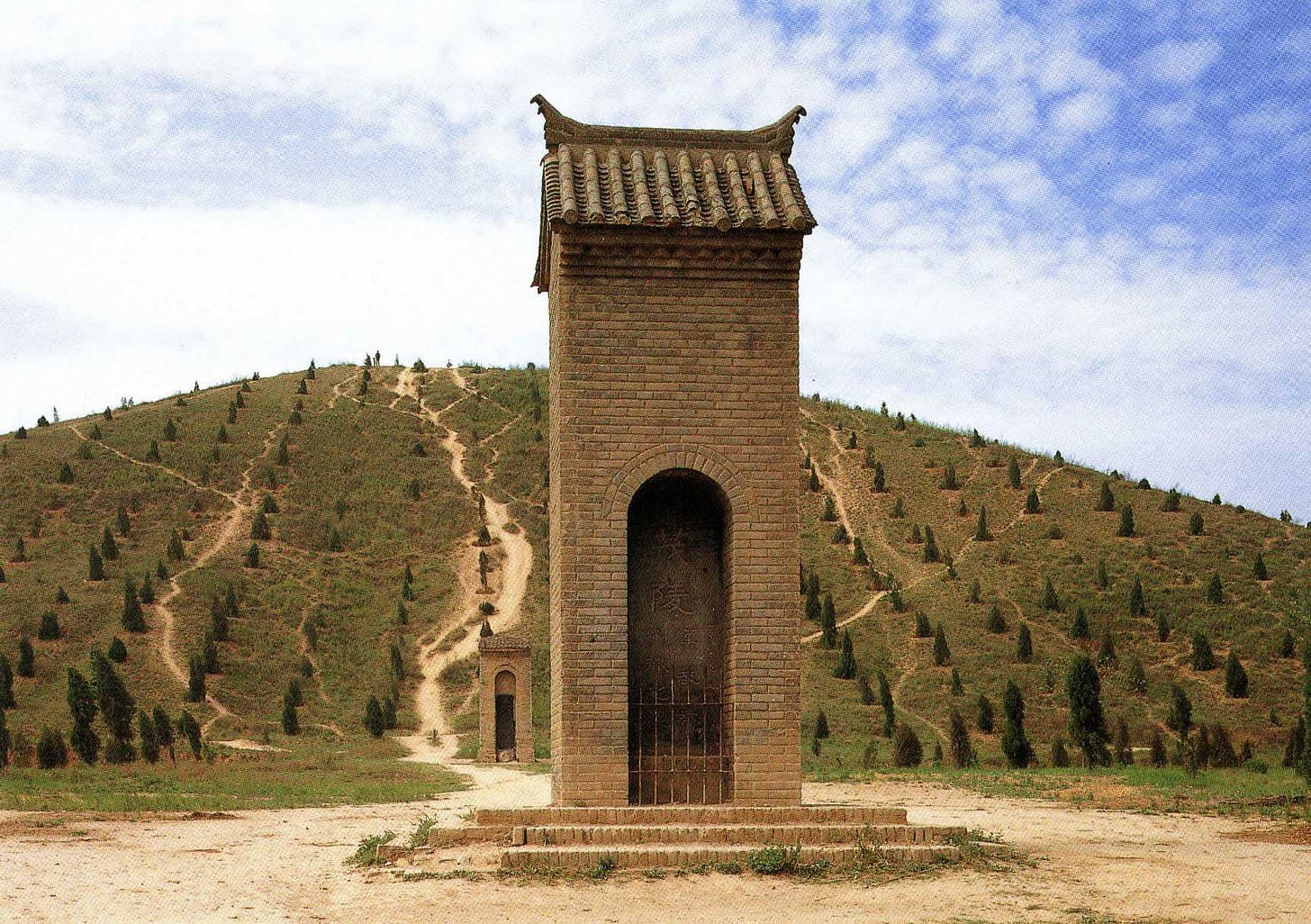
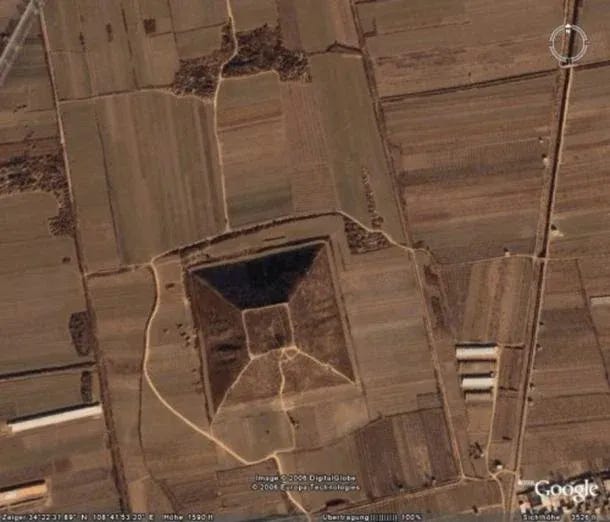
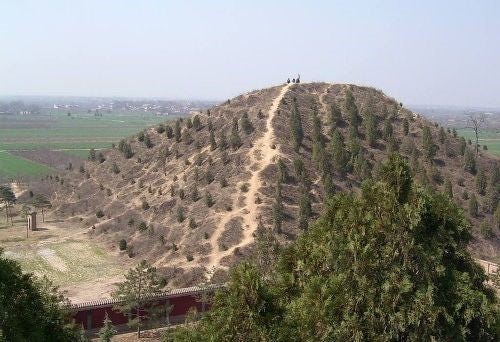

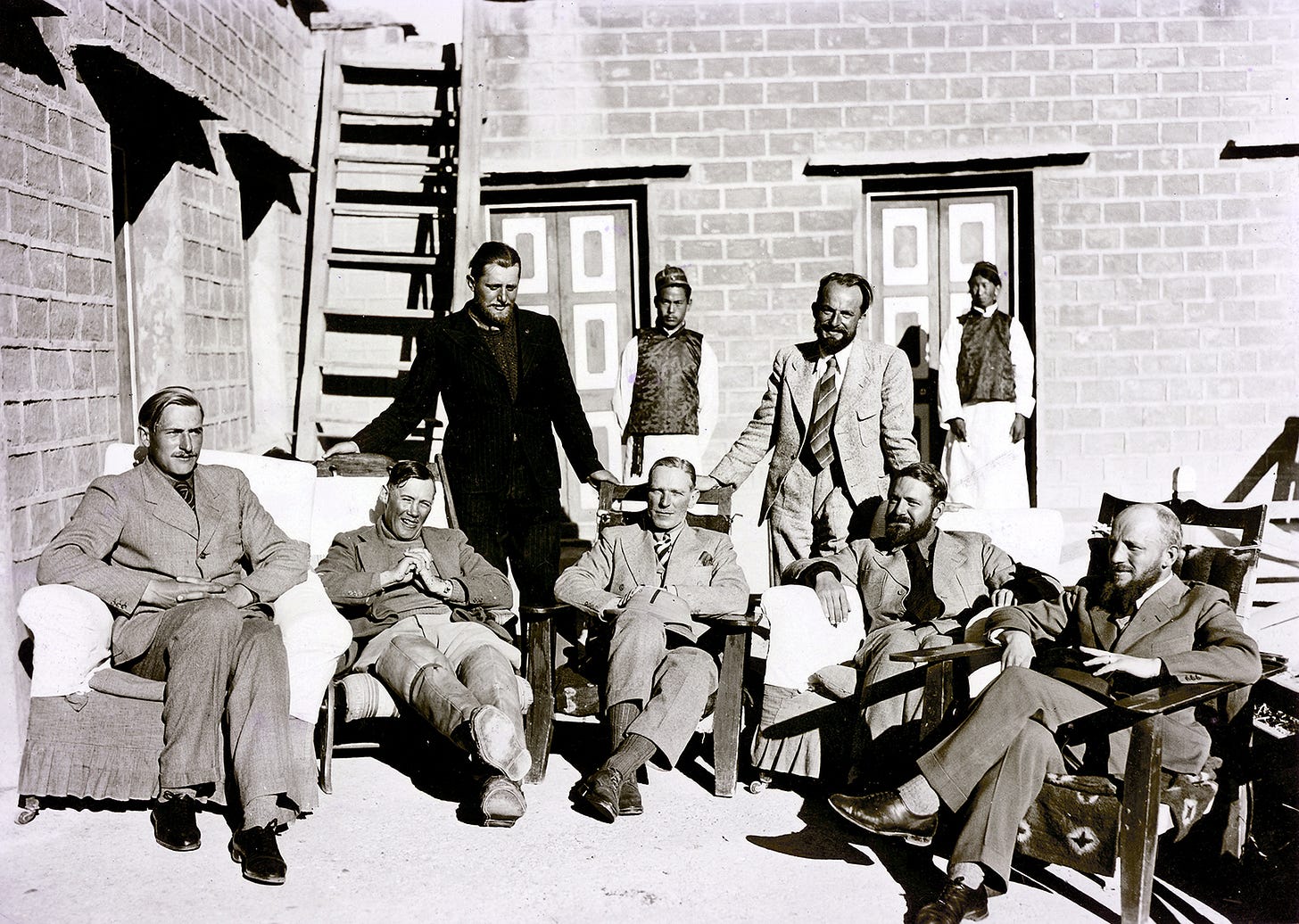
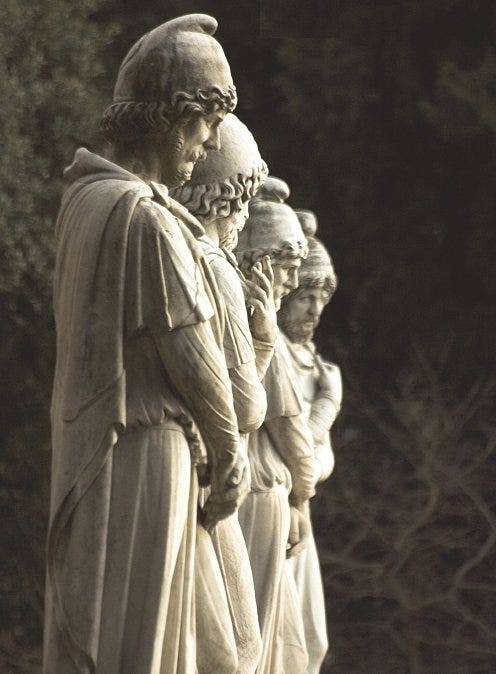
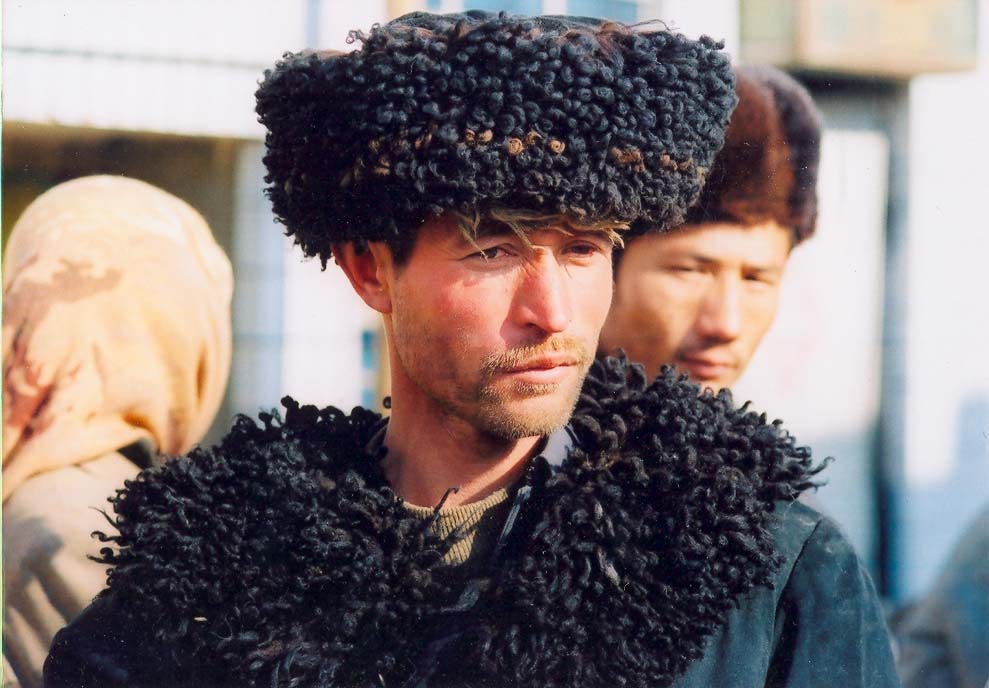

I should add, for the record, something I intended to discuss in this article itself:
Though the first genetic study of the Tarim basin mummies indicated their obvious European physiognomy, their tall stature, their tartan print cloth, and revealed every last one of the tested subjects to be either r1a or r1b, there was another study done in 2021 by a score of Chinese scientists that claims to have found NO r1a and r1b.
Not only does this latter singular study so completely and totally contradict the first, it also contradicts the physical appearances of the discovered mummies, the ancient historical descriptions of the people in this region (google 'Seres people', for one example of many), and it contradicts essentially every last aspect of the broader context picture I'm personally aware of.
To say I'm skeptical of this latter study would be an understatement.. but to watch some point to this study as definitive proof there was no steppe heritage in the region is, again, maddening. At the *very least*, a third and objective study is warranted.. ideally carried out by scientists outside of China, if China might allow such a thing, in the most carefully controlled manner.
I've watched and read every piece of the subverted history you've put out, and, despite the grand achievements/influence, it paints a grim, heart-shattering picture.
If your claims are true, if the Aryan bloodlines really did accomplish everything stated by you, other historians, artificacts, clues, and so on, then our genocide dates back to the earliest stages of human history, doesn't it?
We're, what, 8% of the population now? If that? Cut off from our own history, our true ancestry and force-fed an increasingly degenerate picture of the ancestors we're allowed to know (Greeks, Romans). And it seems our populations are only shrinking while our countries our flooded with every culture that can be crammed into our lands, all the while the entire world is taught to hate us.
If whites still bear any connection to these great ancestors, however faint, the modern whites seem a far cry from their predecessors. Unworthy of such a grand legacy. Seems like at least half of the surviving white population is weak, feminized, brainwashed, self-hating, race-mixing, you name it.
How did we lose so much? If I'm understand this series correctly, and properly connecting the dots, then our ancestors built the fucking world only to be murdered, cast aside, and covered up. I didn't even know Scythians existed before I found your series, Asha. Just to cite myself as an example. We're at a point where our ancestors are largely forgotten, and the rewriting of history has been so effective that those of us who have any awareness of what's going on are but a sliver of an already minority population at the global level.
I don't want to be so gloomy here, but I can't keep reading all of this without feeling heartbroken, and maybe even some sense of despair.